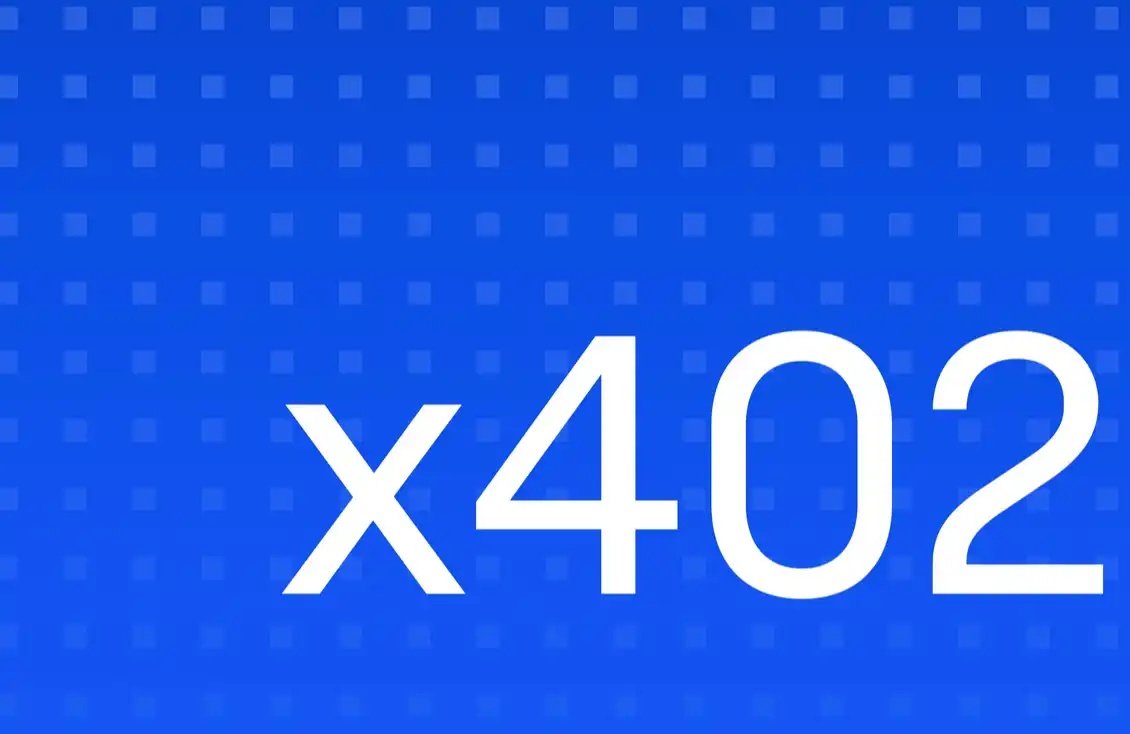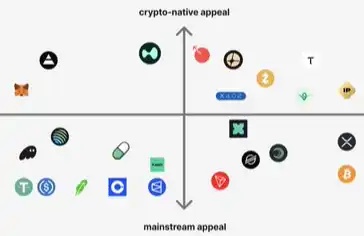"New Luna", how does Berachain drive a new round of DeFi craze?
Original author: hitesh.eth (@hmalviya9)
Original translation: Lucy, BlockBeats
Editor's note:
Berachain is an EVM-compatible Layer 1 blockchain built on Cosmos SDK and protected by the Proof of Liquidity consensus mechanism. The Berachain token economy first introduced the Bera network with a three-token system, with network gas token BERA, ecological algorithm stablecoin HONEY and non-transferable Bera governance token BGT.
Currently, the Berachain project Discord community has more than 50,000 members, and more than 100 teams are building new and existing protocols on the local version of the recently released development network (Devnet). Crypto researcher @hmalviya9 analyzes Berachain's mechanism and token economics from the perspective of DeFi liquidity. BlockBeats translated the original text as follows:
Berachain is a mysterious project, and the vast majority of cryptocurrency Twitter users have no idea what they really want to build. This article will express my true thoughts on Berachain.
DeFi faces an endless liquidity problem. New protocols often have difficulty attracting liquidity, causing many new infrastructures to fail and eventually become a neglected place.

DeFi's liquidity problem is very similar to the economic security problem. Before Eigenlayer, it was very difficult to provide economic security for new web3 service protocols. Now it has become easy because Eigenlayer has built a coordination layer that connects ETH validators to web3 service protocols.

Now, ETH validators can provide security for new web3 services directly on Eigenlayer, and projects can simply focus on innovation and product design, and security issues are basically solved.
In terms of DeFi liquidity, if we find a way that the liquidity pool of new DeFi applications can directly obtain liquidity through the token pool pledged by the validator, and you as a pledger can get rewards through token inflation, transaction fees, exchange fees, and block capture fees, it is simply like a 4x reward increase.
That would be crazy, right?
As a staker, I would not turn down such a reward increase. And as a DeFi project owner, I would love to connect my application to such a blockchain infrastructure, which can directly handle my liquidity through validators. Berachain is the infrastructure needed to solve the DeFi liquidity problem.
They have built a consensus mechanism called Proof of Liquidity, where stakers will delegate their staked tokens to validators and get rewards, and can only retrieve their staked tokens after they provide liquidity in the supported asset pools.

Berachain has 3 tokens:
· BGT (collateral and governance token)
· BERA (gas fee token)
· HONEY (stablecoin pegged to USDC)

BGT plays the role of collateral and governance token in the Berachain ecosystem. You can't actually mint BGT, but you can redeem BGT for BERA.
BGT is a non-transferable token, similar to SBT. The only way to earn BGT is to provide liquidity in the liquidity pools of the native DeFi applications of the Berachain ecosystem. As of now, they have 3 native DeFi apps: · BEX - AMM-based decentralized exchange similar to Uniswap · BEND - Lending protocol like Aave · BERPS - Perps exchange like GMX 
 In order to get BGT issued, you need to provide liquidity in any of the assets supported by these dapps. Governance will decide how much BGT is distributed to which liquidity pools, and as a DAO member, you will play a key role in this.
In order to get BGT issued, you need to provide liquidity in any of the assets supported by these dapps. Governance will decide how much BGT is distributed to which liquidity pools, and as a DAO member, you will play a key role in this. 
Validators can also bribe you to approve their desired token inflation for certain liquidity pools. Once you stake BGT, you can become part of governance and earn bribes, while also receiving token inflation rewards and capture fees in BGT.
As a staker, you may receive fee rewards from BEX, BPerps, BEND, and block capture fees. Your base token inflation rewards will receive a 4x markup, and you will also have a role in deciding what proportion of token inflation is allocated to liquidity pools.

Transaction fees on Berachain will be paid in BERA, and Berachain will burn 100% of transaction fees, passing priority fees to validators, similar to Ethereum and Polygon.
Berachain is building their own parallel EVM called Polaris, which will provide an on-ramp to Berachain for the ETH DeFi ecosystem.
The whole flywheel around Berachain will work as long as people remain motivated enough to provide liquidity, and as long as they continue to earn a profitable annualized rate of return, they will remain motivated.

It will be interesting to see how the whole thing works when the mainnet goes live. I like the concept and would love to explore this ecosystem further.
「Original link」
Welcome to join the official BlockBeats community:
Telegram Subscription Group: https://t.me/theblockbeats
Telegram Discussion Group: https://t.me/BlockBeats_App
Official Twitter Account: https://twitter.com/BlockBeatsAsia


 Forum
Forum Finance
Finance
 Specials
Specials
 On-chain Eco
On-chain Eco
 Entry
Entry
 Podcasts
Podcasts
 Activities
Activities
 OPRR
OPRR








